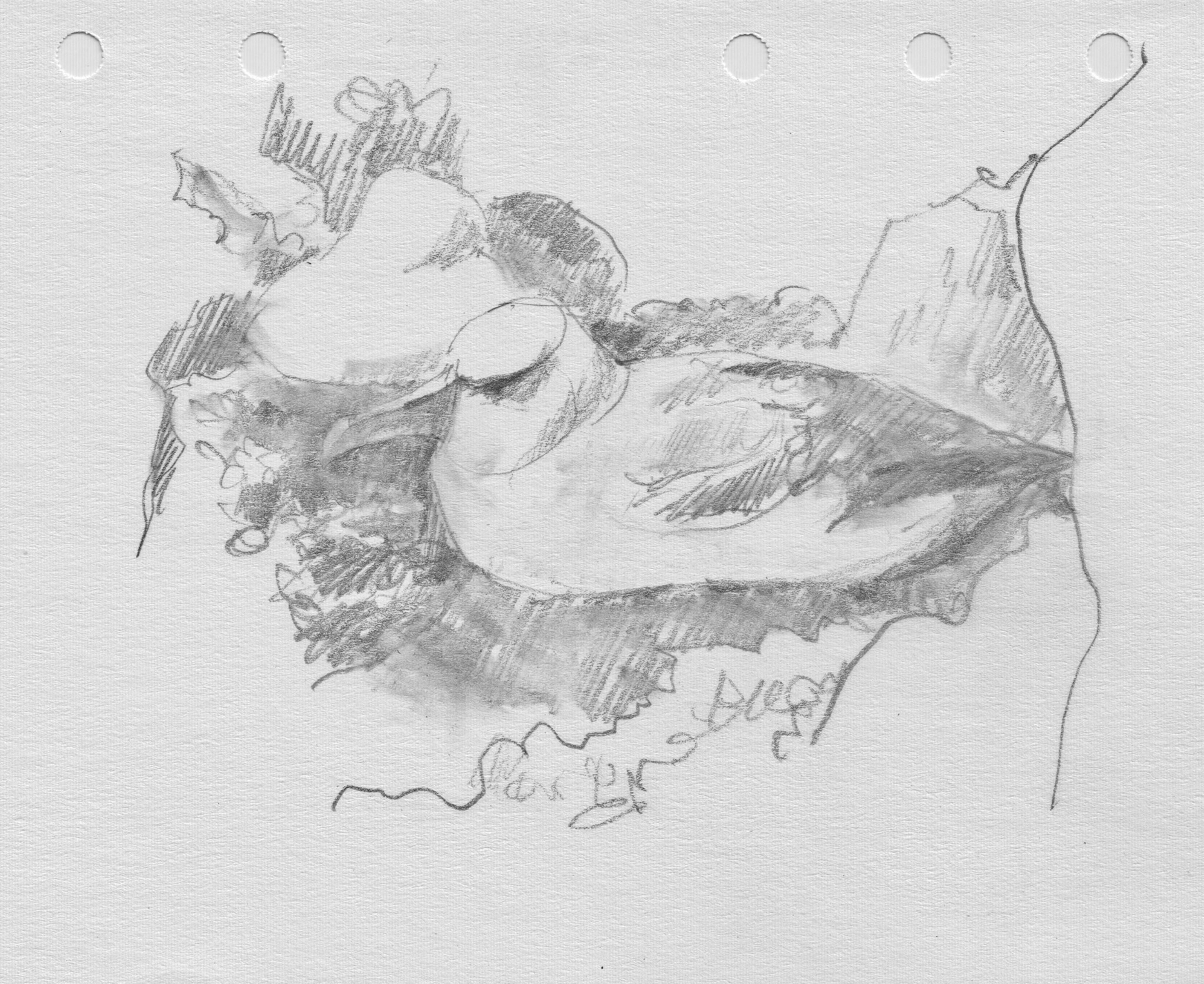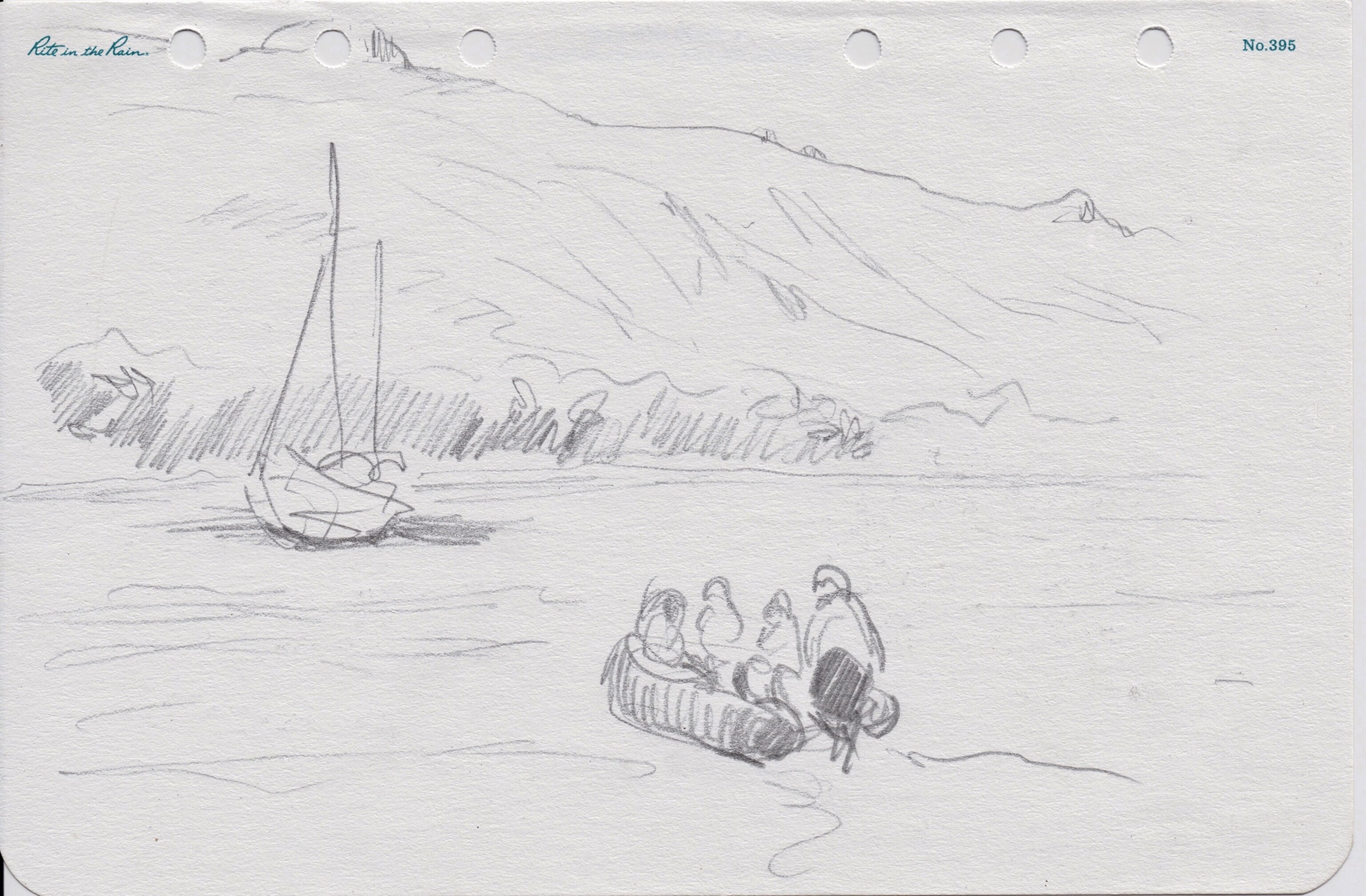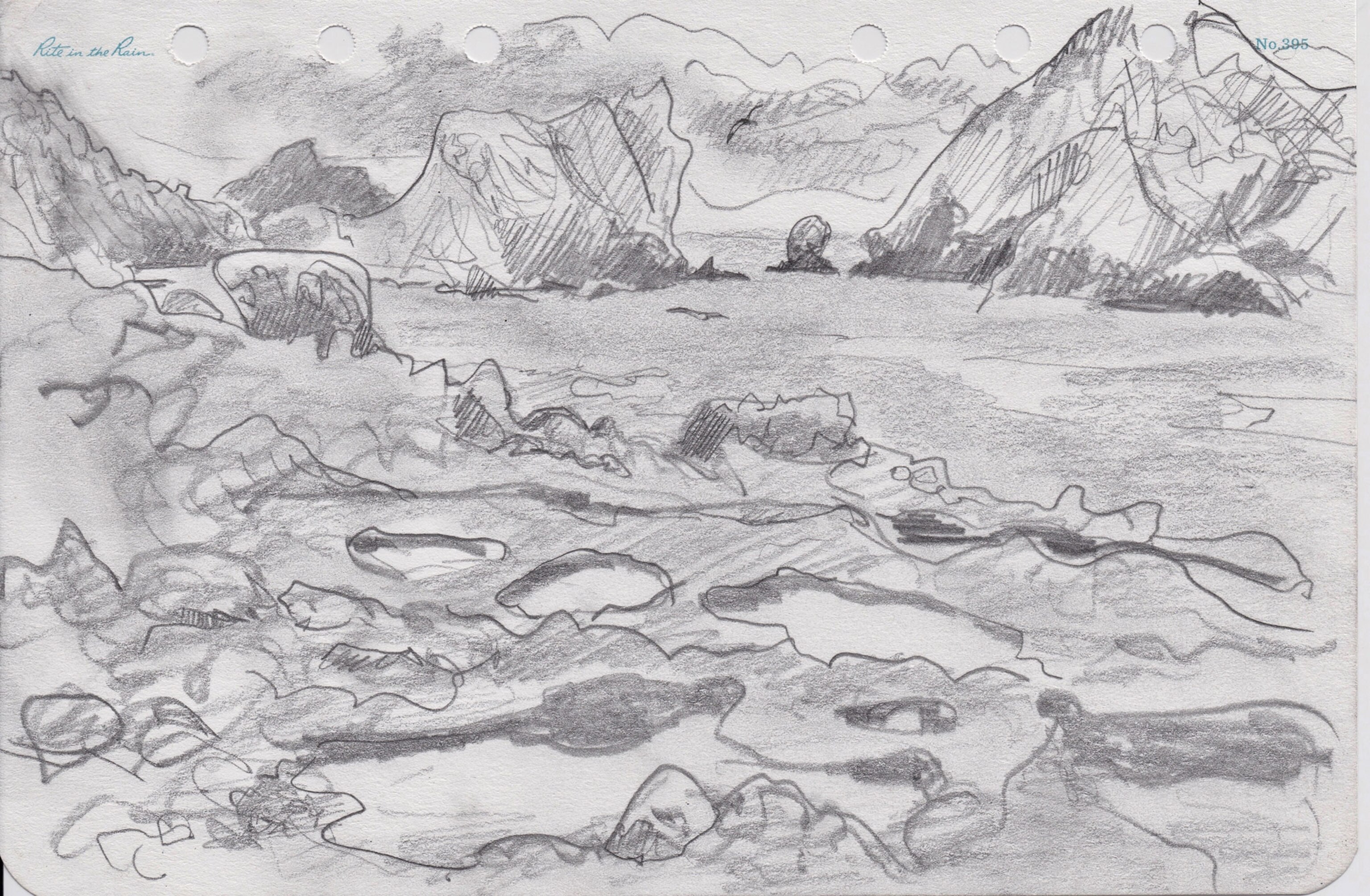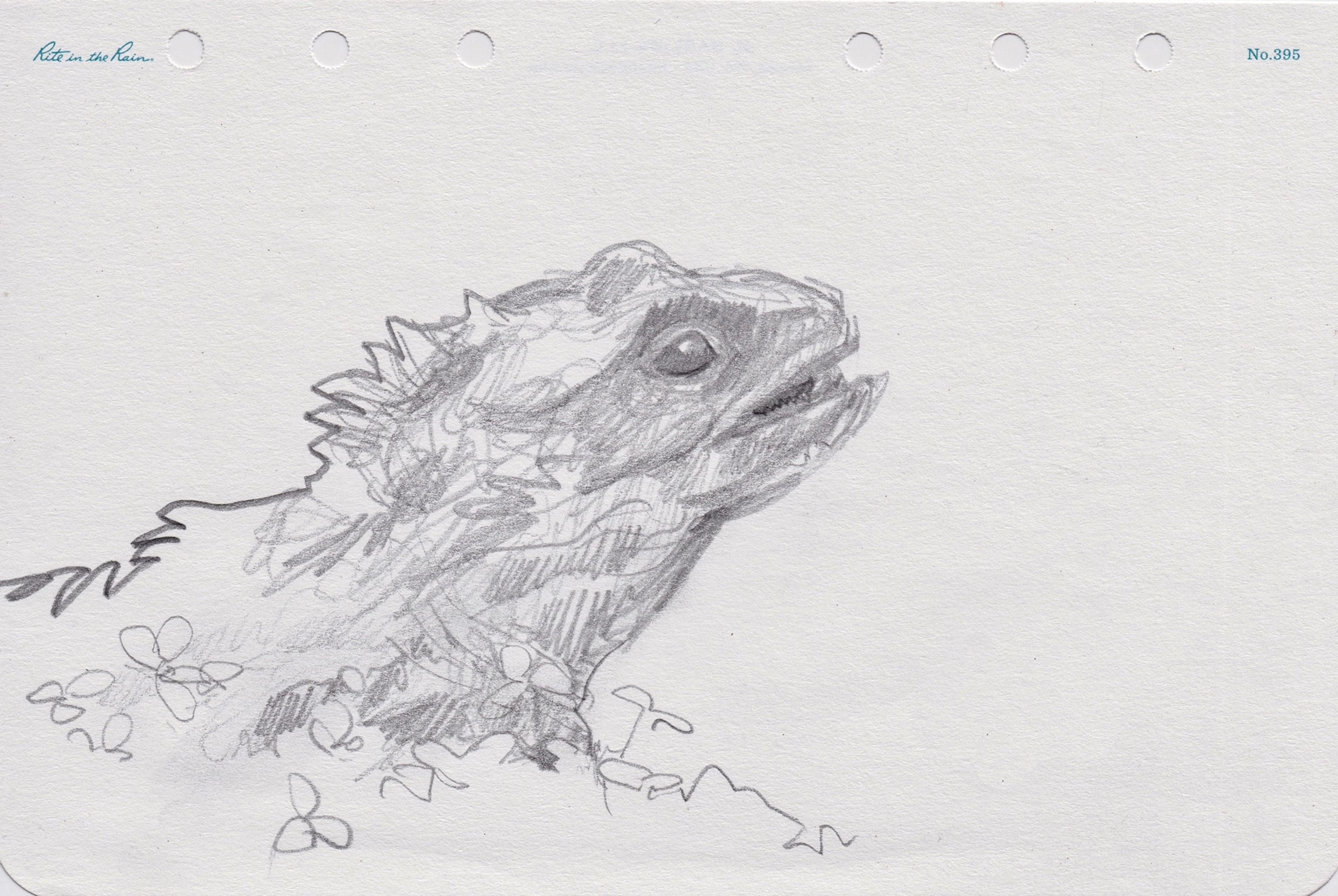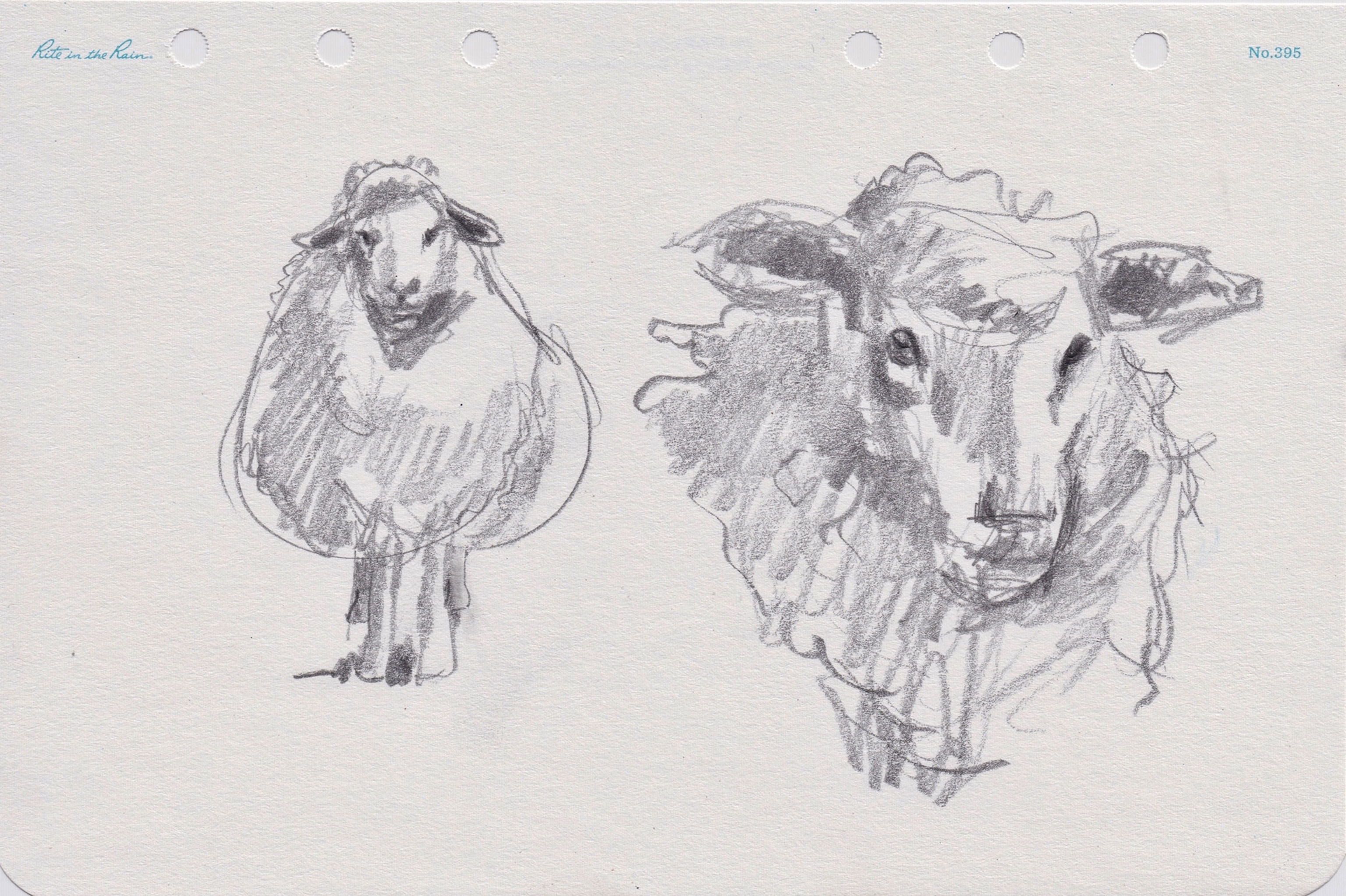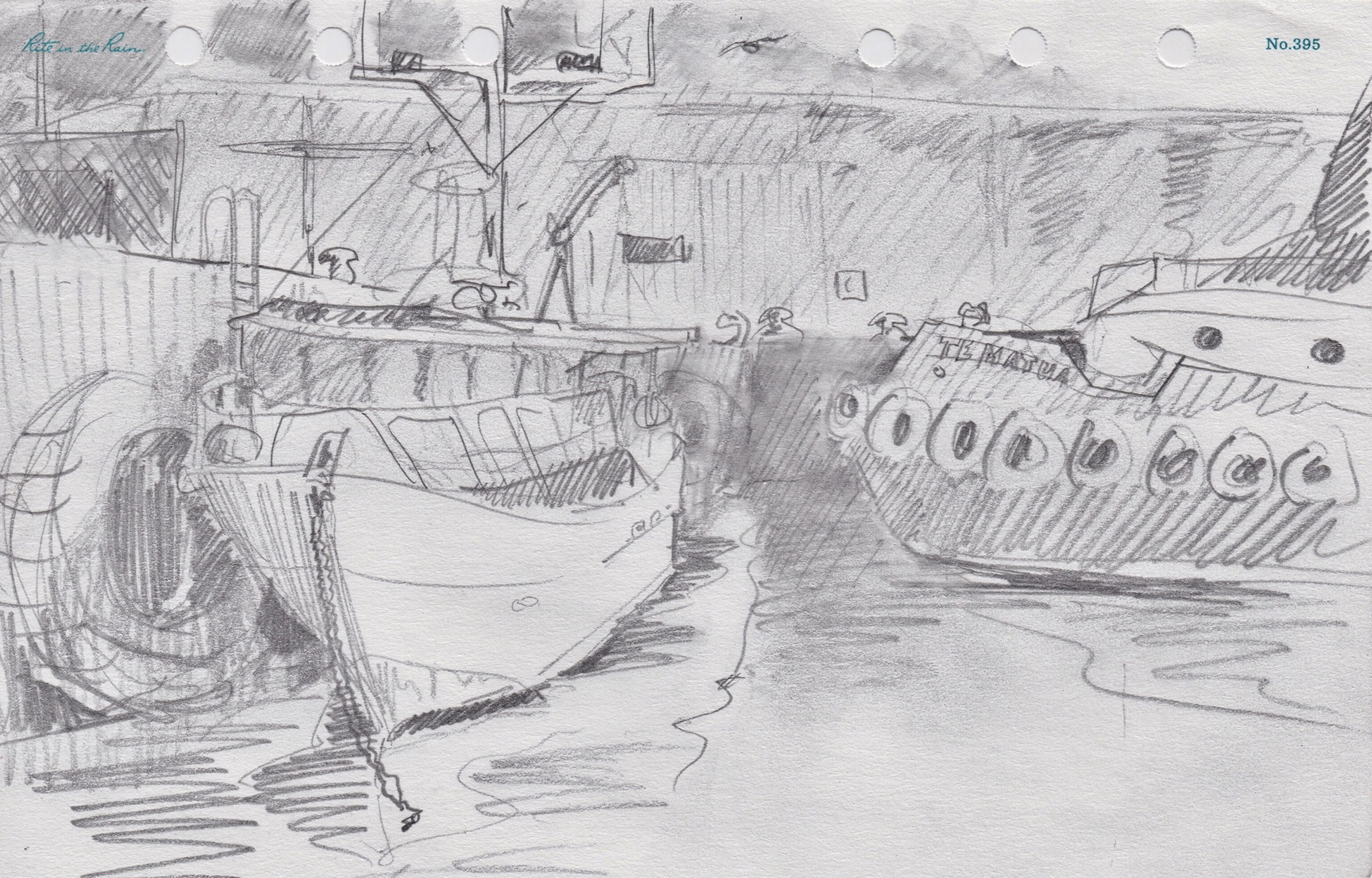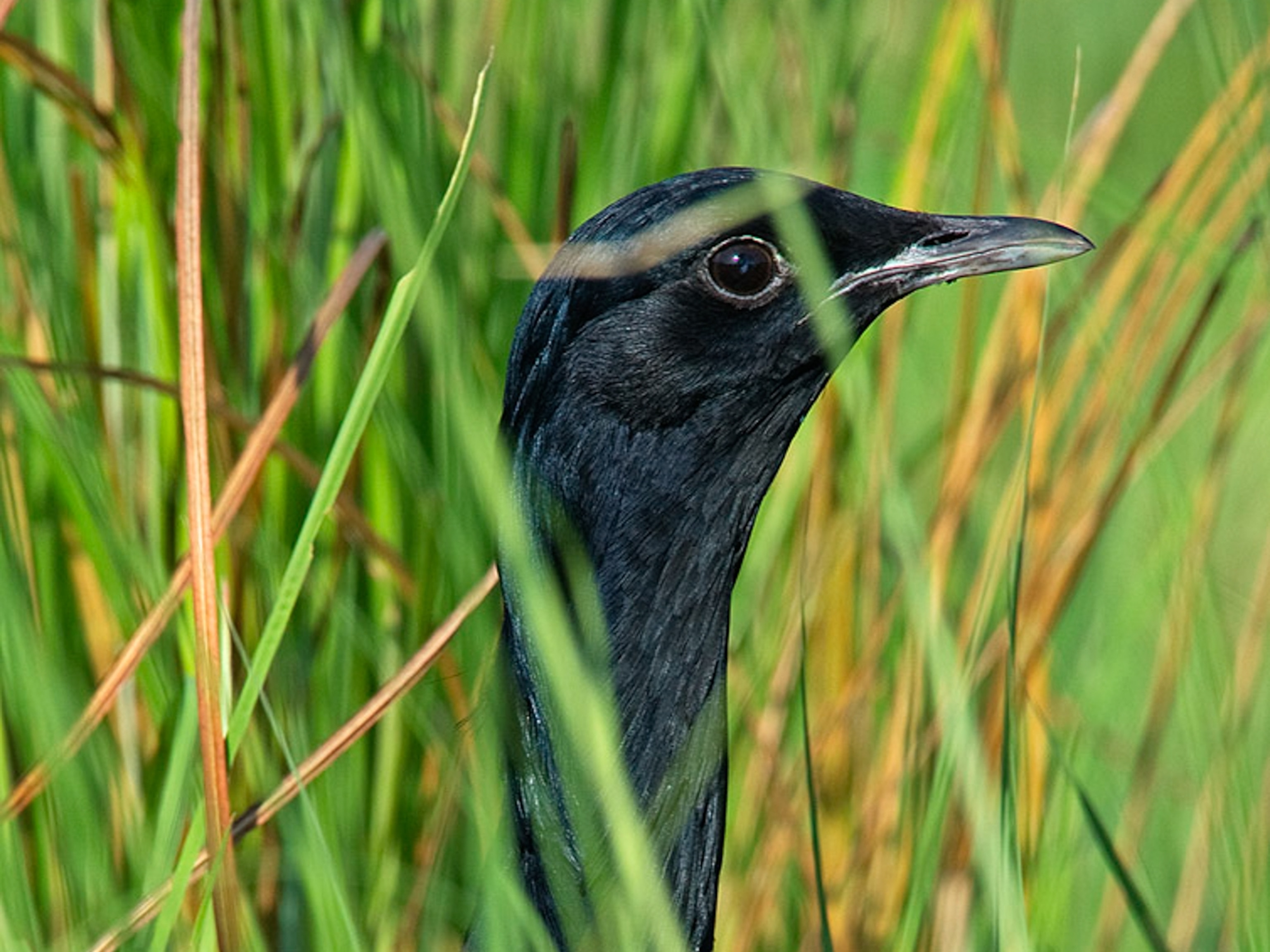Meet the Artist Trying to Save Seabirds—By Sketching Them
Last Christmas, while her friends and family in Maine were wrapping presents and stuffing stockings, sketch biologist Abby McBride was alone on a river bank in Lumsden, New Zealand, drawing a flock of black-billed gulls—the world’s most threatened species of gull.

With a Fulbright storytelling fellowship from the National Geographic Society, McBride had set out on an yearlong adventure that would take her around New Zealand and back again. Armed with nothing but a car, an inflatable kayak, and her sketchbook, McBride traveled to the archipelago's most remote regions to observe and illustrate rare seabirds.
In doing so, McBride sees herself as something of a “21st century Victorian naturalist.” Following in the footsteps of famous scientists like Charles Darwin and John L. Ridgway, the American “sketch biologist” draws on her combination of artistic talent and scientific expertise to make drawings and write stories that shed light on little-known conservation issues.
For instance, “seabirds are declining faster than any other group of birds in the world,” McBride says. “We've lost nearly 70 percent of the global population over the last 60 years, and most people are not aware of that.”
Indeed, scientists estimate that between 1950 and 2010, the global seabird population declined by 69 percent, which equates to a loss of 230 million birds.
Their swift disappearance is due to many factors, including pollution, habitat loss, climate change, introduction of non-native predators, and overfishing. (Read why seabirds like to eat plastic.)
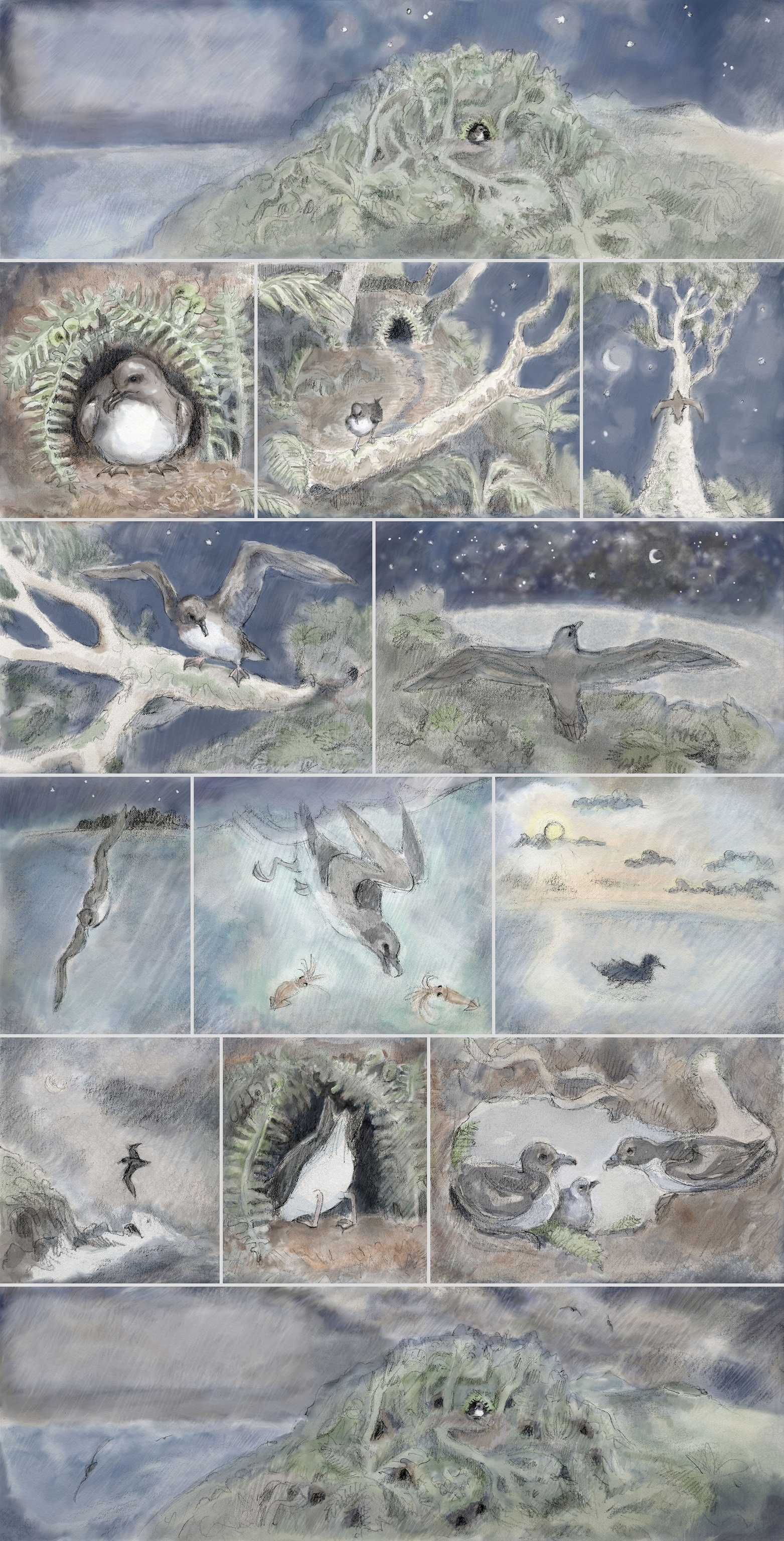
New Zealand, home to the most native seabirds of any country, is “a perfect example of this accelerated process of destruction that is happening all over the world,” McBride says.
Half of New Zealand’s native birds are “in serious trouble,” according to a 2017 government report.

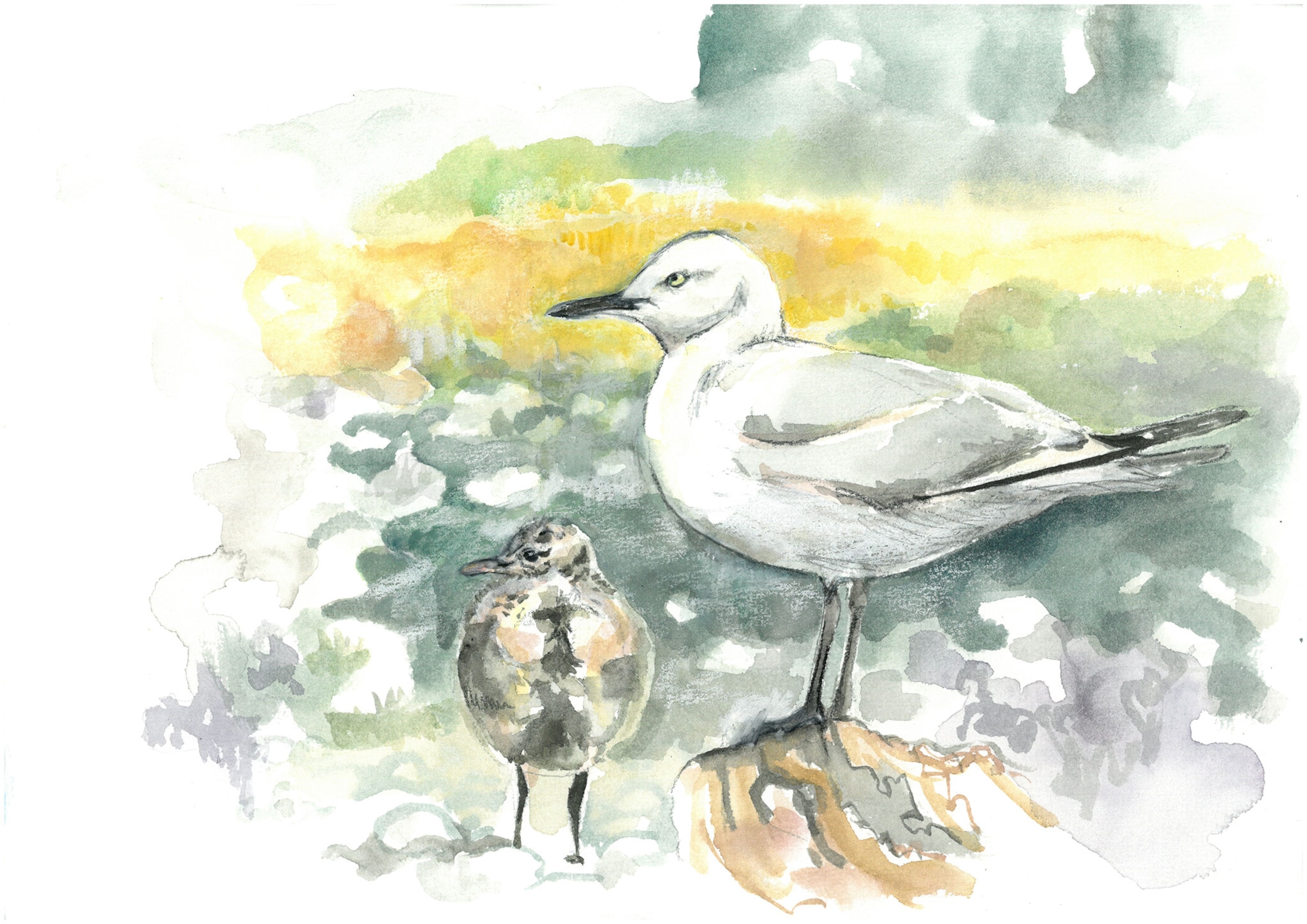
For the Birds
During her trek, McBride sketched—and was pooped on by—many of New Zealand’s most threatened seabirds, including the elusive black-billed gull and the New Zealand storm petrel, which scientists thought was extinct until 2003.
“I use my experience watching these birds and talking to the people who study them closely to create art that can get at parts of their lives that photography and film cannot,” says McBride. (See the epic journeys of migratory birds.)
THE YEAR OF THE BIRD
National Geographic is partnering with the National Audubon Society , BirdLife International , and the Cornell Lab of Ornithology to celebrate the centennial of the Migratory Bird Treaty Act. Watch for more stories, books, and events throughout the year.
She also collaborated with National Geographic photographer Thomas Peschak, who photographed images of struggling seabirds on New Zealand’s Chatham Island while McBride sketched scenes that illustrated why these extraordinary creatures are worth saving.
“There's still a place for art in scientific study as well as in exploration,” McBride says.
McBride posts her sketches on the National Geographic Explorers' blog, but she ultimately aims to put them into a book and put them on display in art exhibits in New Zealand and the United States.
“There's a lot of people in New Zealand who are doing very inspiring things to turn things around for seabirds. I think I could help bring that kind of local scale action to a larger scale by telling stories about it,” says McBride.
McBride says it was never her specific goal to become a sketch biologist, rather her career coalesced over time as she "experimented with different ways of studying nature and sharing it with art and stories."
Now, she encourages everyone to follow their passions, even if it leads them into uncharted territory.
“My advice is to just start doing things you like doing—and have confidence in yourself.”
